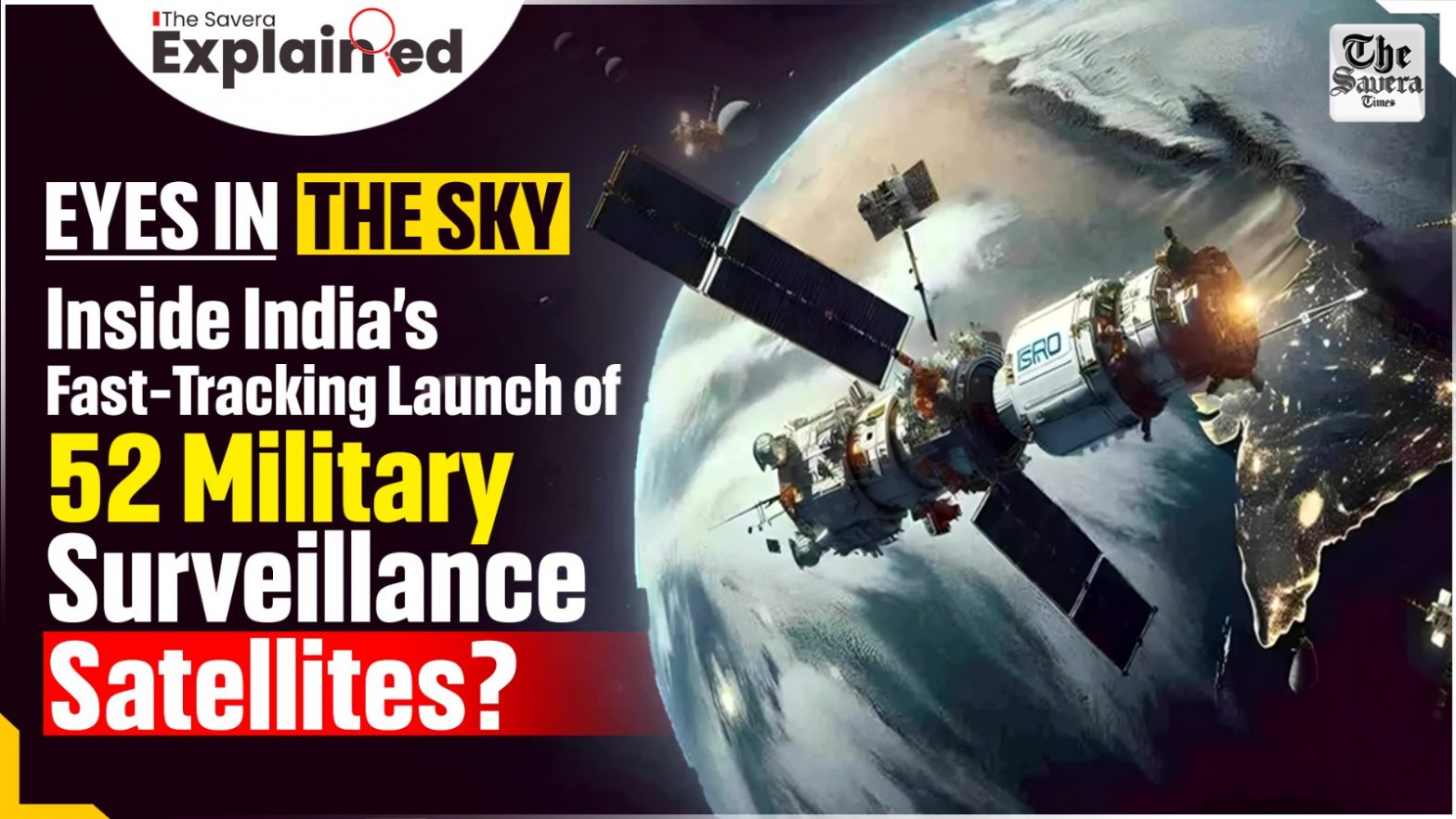
In an attempt to ensure the country’s security from external threats, the government is fast-tracking the launch of 52 defence surveillance satellites, particularly along its borders with China, Pakistan, and in the Indian Ocean Region.
The fast-track— the first such launch will take place in April 2026 and all 52 satelites will be deployed before 2029-ends. This comes after Operation Sindoor, which saw India use domestic satellites like Cartosat as well as foreign ones to track Pakistan’s military movements.
According to the reports, India is looking to launch a total of 52 defence surveillance satellites by the end of 2029.
This will come at a cost of Rs 26,986 crore and is part of India’s Phase 3 of the Space-Based Surveillance (SBS) programme, which was cleared by the Prime Minister-led Cabinet Committee on Security in October last year.
A source recently quoted about the ongoing working on these satellites stated, “Work is underway to compress these timelines to launch the satellites faster into the low earth orbit (LEO) and geostationary orbit. The three private companies that have got the contracts have been told to speed up building of the satellites.”
The source further quoted, “The aim of SBS-3 is to cover much larger areas of China and Pakistan, as well as the Indian Ocean Region, with shorter revisit times (interval between two consecutive surveillance sweeps of the same location) and much better resolution.”
What is the Need for Space-Based Surveillance
India’s strategic location, sharing borders with China and Pakistan, demands robust surveillance to monitor potential threats. The Indian Ocean Region is also a critical area due to increasing maritime activities, particularly by China’s navy. Earlier, India relied on satellites like Cartosat and RISAT for surveillance, but these provided limited coverage, with imagery available only once every few days.
The SBS-3 programme aims to address these gaps by deploying a constellation of satellites for real-time, high-resolution monitoring.
Operation Sindoor, a high-intensity military operation against Pakistan, underscored the importance of space-based assets. During this operation, India used satellites to track troop movements and infrastructure build-up, demonstrating the value of timely intelligence in modern warfare.
What is the SBS-3 Programme?
The Space-Based Surveillance Phase 3 (SBS-3) programme is a Rs 26,968-crore initiative to deploy 52 defence satellites by 2029.
Launch of SBS-1 and SBS-2 Programme?
In the first phase, launched in 2001, India deployed four satellites belonging to the Cartosat and Risat series to monitor the country’s enemies’ movements at the border as well as important military facilities, including supply depots, airbases, and cantonments.
In 2013, India launched SBS-2 — a launch of six surveillance satellites, including Cartosat-2C, 2D, 3A, 3B, Microsat 1, and Risat 2A. And then last October, the country initiated SBS-3 to build new-generation satellites.
Key Features of these Satellites
Why India Fast-Tracking the Launches?
The decision to accelerate the satellite launches was driven by several factors, including:
Fast-tracking the launch of the satellites, which come under SBS-3, will be significant for India’s security. It will substantially boost the country’s real-time monitoring, ability to carry advanced cameras and sensors, capable of taking detailed images from hundreds of kilometres away. They can see through clouds, and even zoom in on tiny details, making them the perfect eye in the sky.
